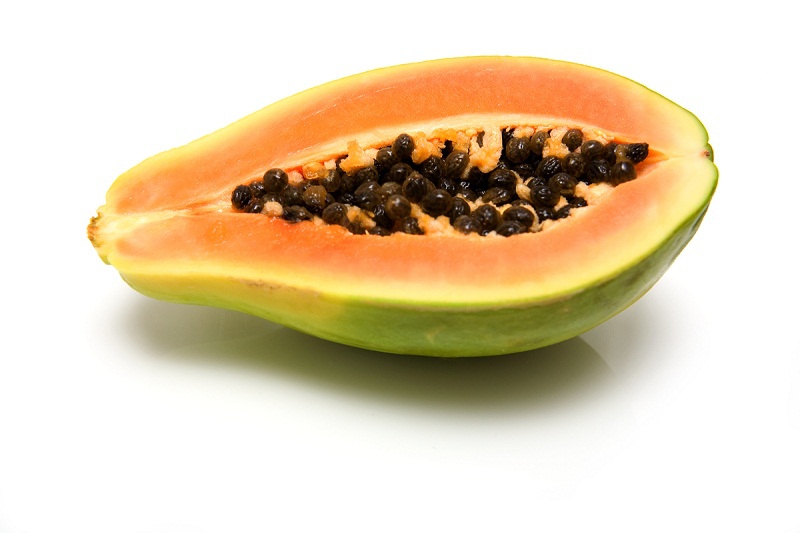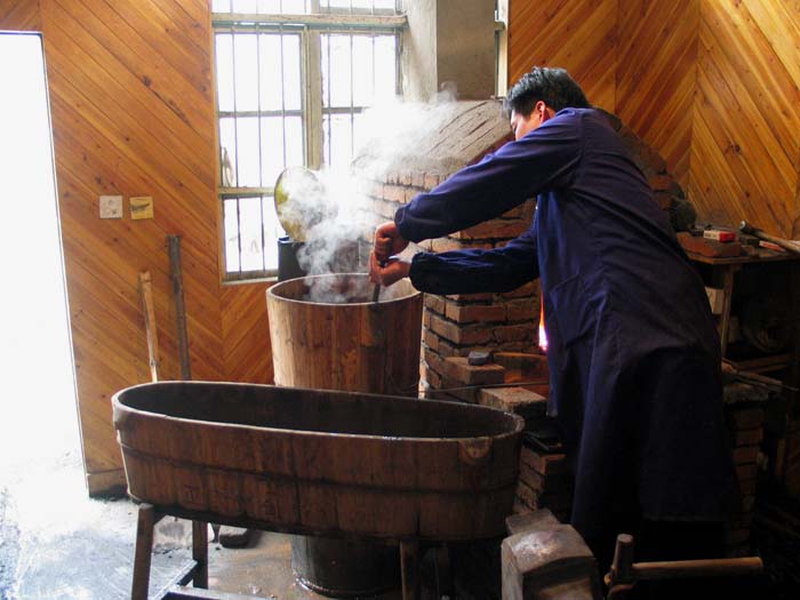Unplanned pregnancies can be incredibly terrifying and this has been true throughout history. Today, the condom is perhaps the most popular type of birth control, although there are dozens of options. In the old days, however, condoms didn’t exist, at least not as we know them today. Thus, what are the ancient birth control methods for unplanned pregnancies? Generally, the early forms of birth control show creative, colorful, and even smelly that were innovative methods ranging from oral contraceptives, spermicides to barrier devices.

10 Horrible Ancient Birth Control Methods
10 Horrible Ancient Birth Control Methods in Detail
Weasel Testicles
Where it started: This method was used during the European Dark Ages.
Women would strap weasel balls to their legs as this form of ancient birth control was believed to use magic to prevent pregnancy. Modern experts think that if it did work, it did by preventing sex as men couldn’t necessarily perform it as seeing a pair of balls in his mate's leg, right?
Crocodile Feces
Where it started: This method showed up around 1850 B.C. in ancient Egypt.
Crocodile droppings were used as a diaphragm, after rolling them into a ball and combining them with a bit of honey. The theory behind it was that the alkaline properties of the feces would prevent the pregnancy.
Beaver Testicles
Where it started: This form of ancient birth control began in Canada during the 16th century.
At this time, Canadians combined beaver testicles with moonshine. They ground the beaver balls to fine powder and then added very strong alcohol to the mixture. People would then drink this, with the alcohol helping to forget that they were drinking beaver testicles.
Animal Intestines
Where it started: These primitive condoms began as early as the 1400s in Japan and China.
Animal intestines were the early version of condoms. The original Chinese and Japanese version used lamb intestines that were sometimes soaked with milk and covered the head of a penis. There are also early records of pig intestine condoms which were soaked in warm milk before being used. You could also find Japanese condoms from animal horn and tortoise shell.
Mercury
Where it started: Many Ancient civilizations, including ancient Egyptians, Assyrians, Greeks and Asians used mercury as birth control and to treat other conditions.
Civilizations tended to see mercury as a substance with special curative properties and medicinal value, which is why they used it to treat syphilis and skin rashes or prevent pregnancy. Ancient Chinese women, for example, drank hot mercury as a method of birth control. It wouldn’t necessarily prevent pregnancy, however, it probably caused miscarriage if a woman got pregnant; it could also lead to lung or kidney failure, brain damage or death.
Cotton
Where it started: Cotton is found as a birth control recommendation in the Ebers Papyrus from 1550 B.C.
This ancient medical manuscript recommended grinding acacia tree bark, dates and honey to make a paste. People would then put this mixture on seed wool, inserting it to use as a pessary or diaphragm. The cotton, or seed wool, offered a physical barrier to stop the sperm from reaching the cervix while the acacia fermented in the spermicide lactic acid. Later, American sleeves would chew on cotton root bark to stop pregnancy as the bark has substances called corpus luteum, which can interfere with the hole in the ovary during ovulation. Therefore, the bark would stop production of progesterone, preventing a pregnancy from continuing.
Papaya
Where it started: It can date back to ancient times, with early use in Southeast Asia and South Asia.
Papaya only has abortifacient and contraceptive properties before it is ripe, it contains phytochemicals which can interfere with progesterone. Papaya seeds worked as a male contraceptive method. A man could take them daily, which would bring his sperm count down to zero. Consuming them in the long-term is safe. He could then regain his normal sperm count by no longer taking the seeds.
Lemon
Where it started: Lemons as early forms of birth control appear as far back as the Talmud.
Women would use lemon juice to soak sponges and then insert them in their vagina. The theory behind this method was that the spermicidal properties of the citric acid would stop impregnation, while the sponge acted as a physical barrier. Some people also recommended douching with lemon or lime juice after intercourse, but because sperm is able to enter the cervix, this method was probably not as effective as the lemon-soaked sponge. Casanova is known to have used this method to prevent pregnancy during his womanizing. In fact, some proponents of modern alternative medicine say that having a megadose of vitamin C during the first four weeks of pregnancy could lead to an abortion.
Blacksmith Water
Where it started: This idea began in Ancient Greece, but was still used until World War I.
Ancient Greeks were careful with waste and used blacksmith water to prevent pregnancy. This is the leftover water from which blacksmiths cooled their materials. During World War I, women volunteered to work in factories containing lead in the hopes of staying sterile, showing how long this dangerous birth control method remained.
Pennyroyal
Where it started: Pennyroyal served many purposes to the Ancient Romans and Greeks, including birth control. An early record from Dioscorides, a first-century physician on herbal medicine includes this method.
The Ancient Romans and Greeks used pennyroyal to flavor things like wines, and to induce menstruation as well as abortion because of its properties. Having too much of the tea, however, can cause organ failure due to its toxicity.












View All Comments /Add Comment